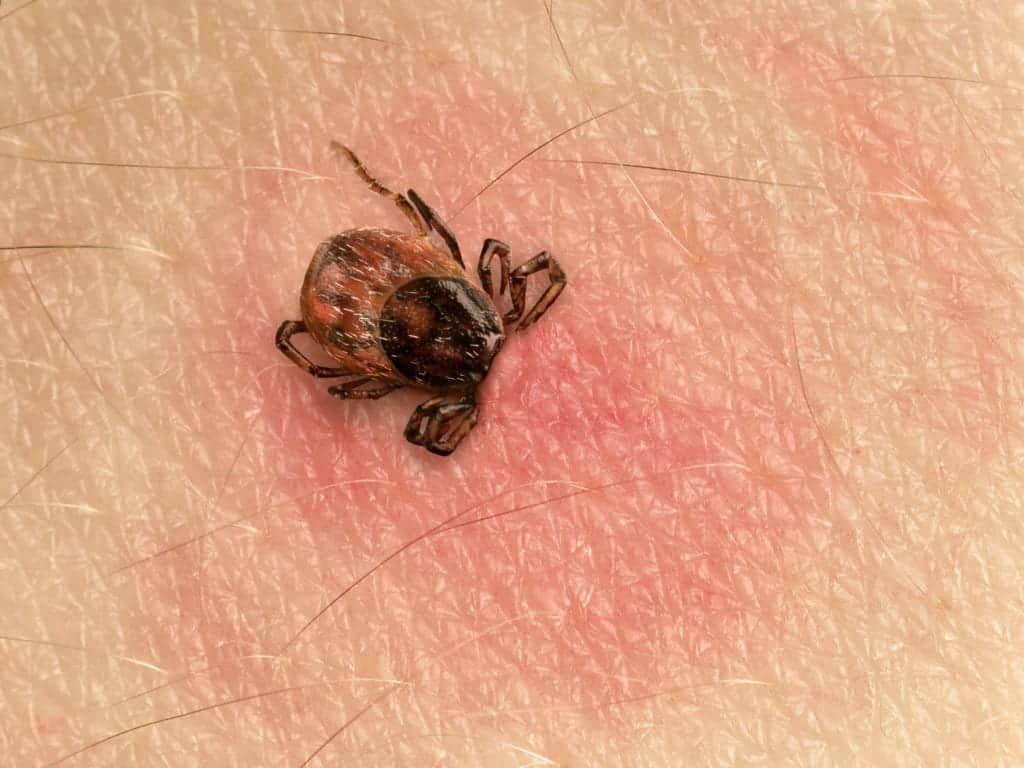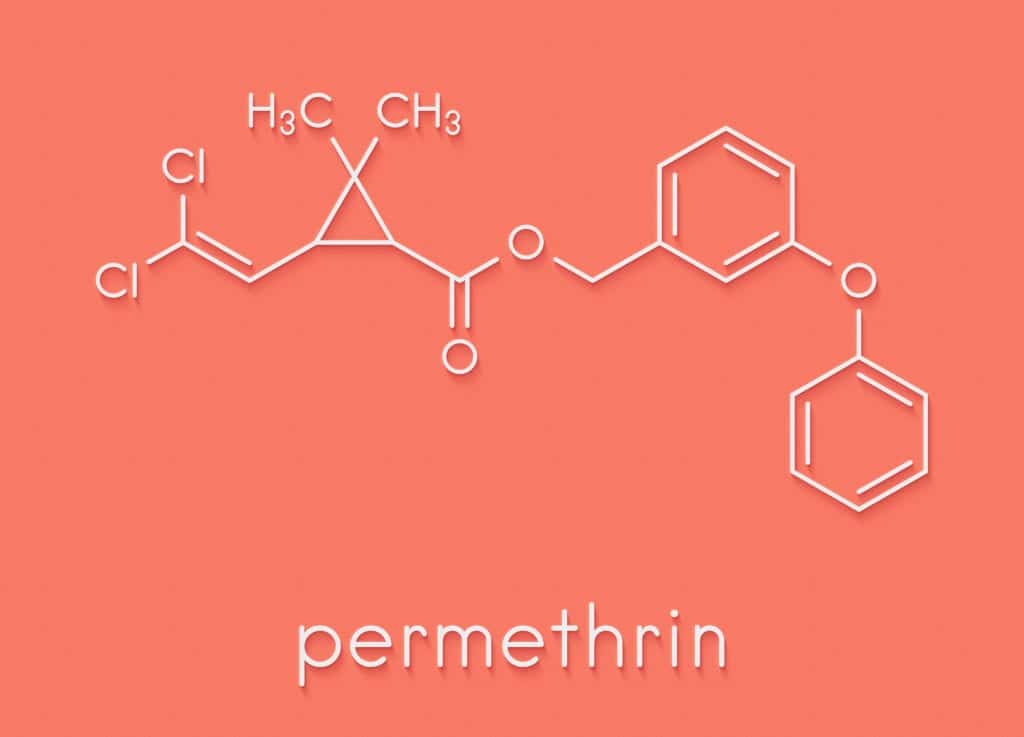The Benefits of Permethrin as Tick Repellant
The Benefits of Permethrin as Tick Repellant
A Rise in Risks of Ticks
National Pest Management Association (NPMA) reported a national increase in tick activity following studies conducted in 2018 and 2019. The online research study consisted of a sample group of 274,500 Americans and collected data between January of 2018 to May 2019. The results of the study showed an 11.4% increase in tick problems in the United States. Unfortunately, this increase is more than just an annoyance, it’s a potential hazard. Ticks are notorious vessels of dastardly diseases. No matter what stage of their life cycle that a tick is in, if it is infected with disease, it is able to spread the pathogens onto a new victim. These tickborne diseases range from mild symptoms such as fever/chills, aches/pains, and rash, to severe medical emergencies that can require hospitalization. In some cases, when these diseases are not attended to in a timely manner, they can even cause lasting complications including, but not limited to, neurological damage and hearing loss. Lyme disease, in particular, is one of the most common and serious tick-borne diseases in the United States. According to the CDC, each year between 30,000 to 300,000 cases occur. Similarly, Rocky Mountain Spotted Fever affects 4,000 to 6,000 cases per year and can be deadly if not treated early. 
How Can You Protect Yourself?
The first step to staying safe from ticks is being aware of where you may come into contact with them. Ticks like forests and areas with thick foliage. They’re opportunistic parasites that find their hosts by waiting for them to pass by wherever the tick is positioned. Because of this, avoiding highly wooded areas and wearing long pants, long sleeved shirts, and closed toed shoes are great ways to avoid coming into contact with ticks. When avoiding their habitat is difficult or impossible, insect repellant is the next best line of defense. New studies show that the use of sprays with permethrin may be the most effective defense against ticks. 
The Studies
The initial study was led by Steve Meshnick M.D., Ph. D., for the University of Carolina. This study found “long-lasting permethrin-impregnated clothing” to be 80% effective at repelling lone star ticks (Amblyomma americanum) and reducing bites. Following these results, the research team decided to extend the study to test permethrin’s effectiveness on other species of tick. The team selected the blacklegged tick (Ixodes scapularis) for their next study due to it being the primary transmitter of Lyme disease, as well as a vector for anaplasmosis, Powassan virus, babeiosis, and tick relapsing fever. In addition to extending the species being tested, the team decided to conduct the test via a “random control field trial.” This kind of trial included 82 subjects selected due to their outdoor professions (such as landscape artists, park rangers, farmers, etc.) in Southern Massachusetts and Rhode Island. The subjects recorded any incidents involving ticks over a year or more. In the first year, the control group without permethrin treated clothing reported a rate of 0.37 bites per 100 hours of work, while the treated group’s rate was 0.13 bites per 100 hours of work. The following year the treated group reported an incident rate of 0.25 bites per 100 hours of work. This proved that “long-lasting permethrin-impregnated clothing” reduced tick incidents by 65% for the first year and, due to laundering and use, up to 50% the following year. Knowing these results, you may be interested in trying it out for yourself next time you are exposed to ticks. Permethrin-treated clothing is available for purchase, or you can have some professional companies treat your clothing. But, on the average day, you probably don’t need specially treated clothing. Instead, tick treatments around your home can keep you and your family very safe. If you’re interested in Tick Treatments for your home, call us today for information. Stay safe! Stay tick-free! 
Citations
Anderson, D. and Tufts, D. (2019) Why Ticks are So Hard to Kill, YouTube. Science Insider. Available at: https://www.youtube.com/watch?v=5bEimiIZ9dA (Accessed: June 2020). Guide to Different Tick Species and the Diseases They Carry (2019) Mayo Clinic. Mayo Foundation for Medical Education and Research. Available at: https://www.mayoclinic.org/tick-species/sls-20127911 (Accessed: April 2020). Roche, J. Ph.D. (2020) Significant Reduction in Tick Bites Found via Permethrin-Treated Clothing. Entomology Today. The Entomological Society of America. Available at: https://entomologytoday.org/2020/04/23/significant-reduction-blacklegged-tick-bites-permethrin-treated-clothing/ (Accessed: September 2020). Rocky Mountain Spotted Fever (2018) Centers for Disease Control and Prevention. The U.S. Department of Health and Human Services. Available at: https://www.cdc.gov/rmsf/index.html (Accessed: September 2020). University of Cincinnati (2017) Ticks are Even Tougher and Nastier Than You Thought, ScienceDaily. U of C. Available at: https://www.sciencedaily.com/realeases/2017/09/170925133016.htm (Accessed: June 2020).
Request a Free Quote Today
(We do not share your data with anybody, and only use it for its intended purpose)


